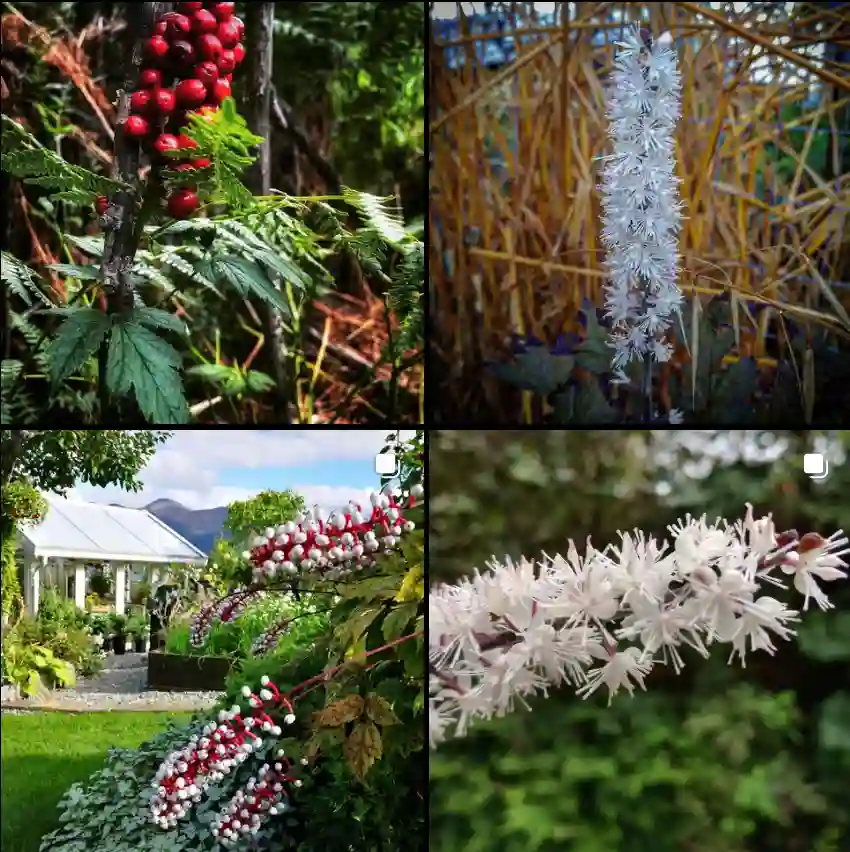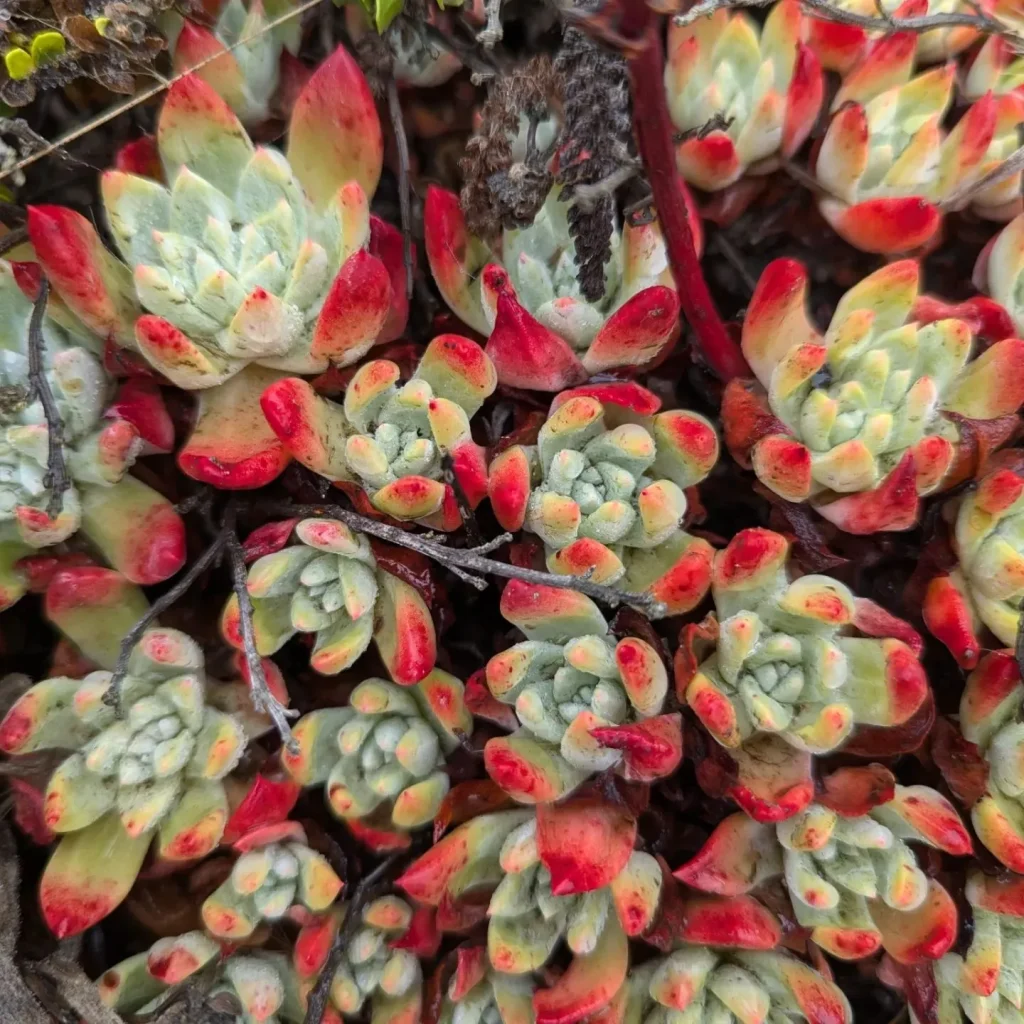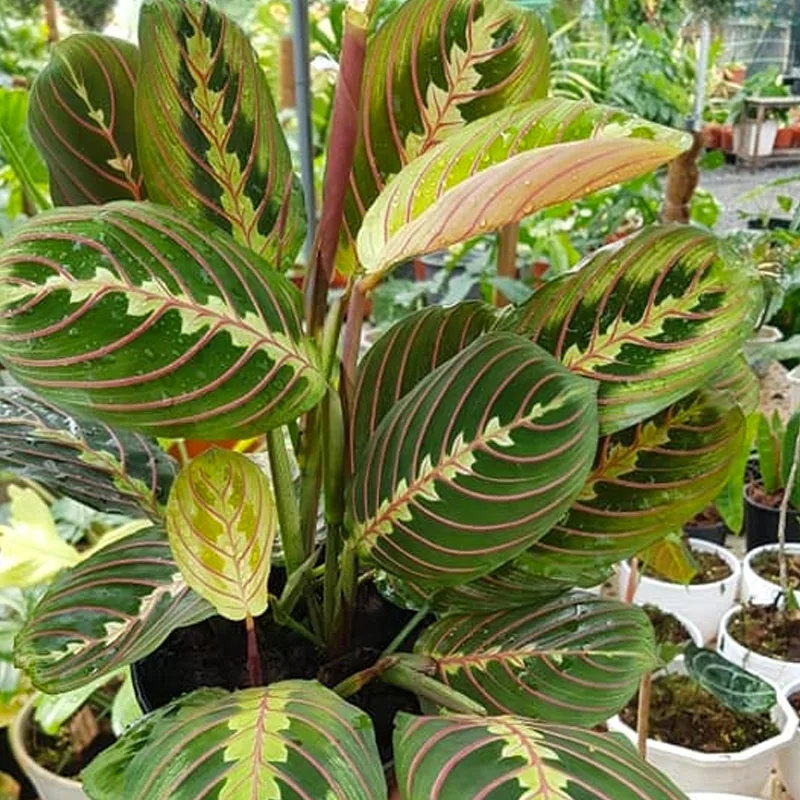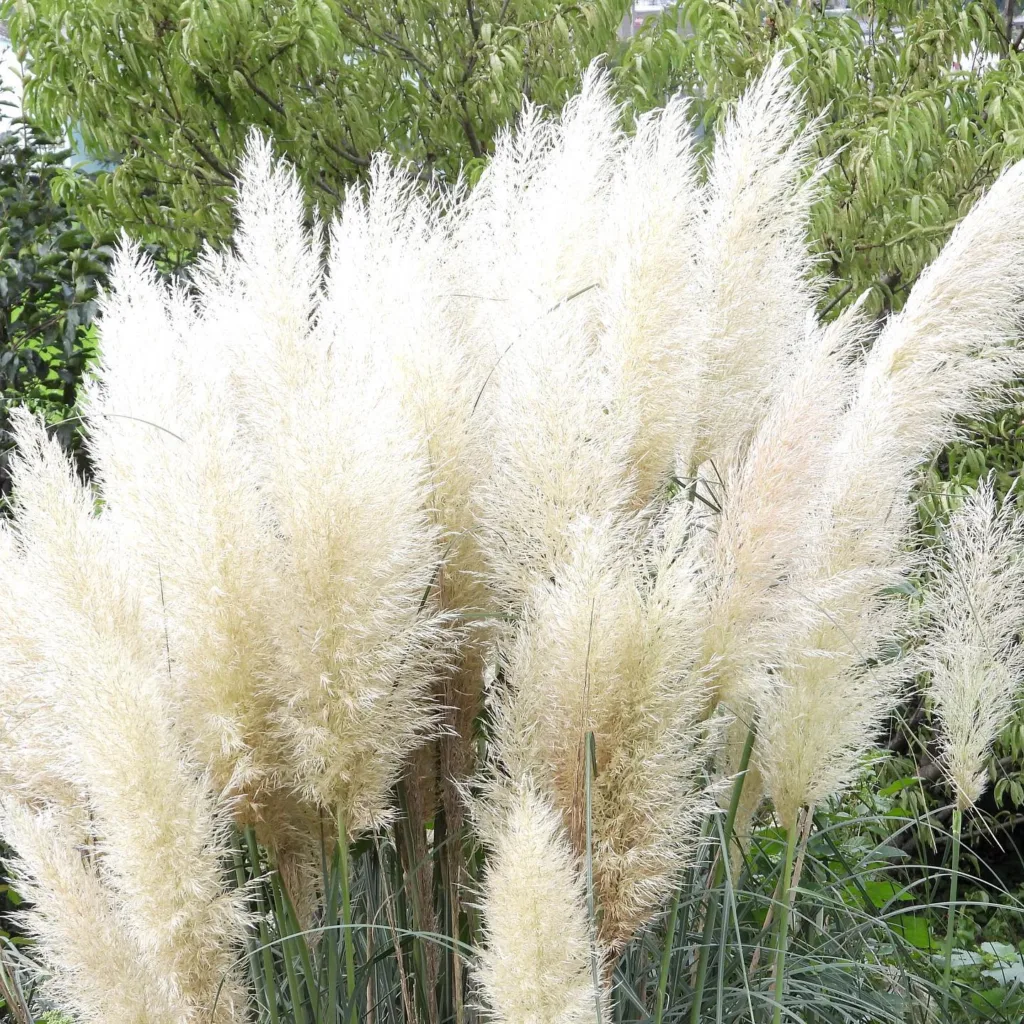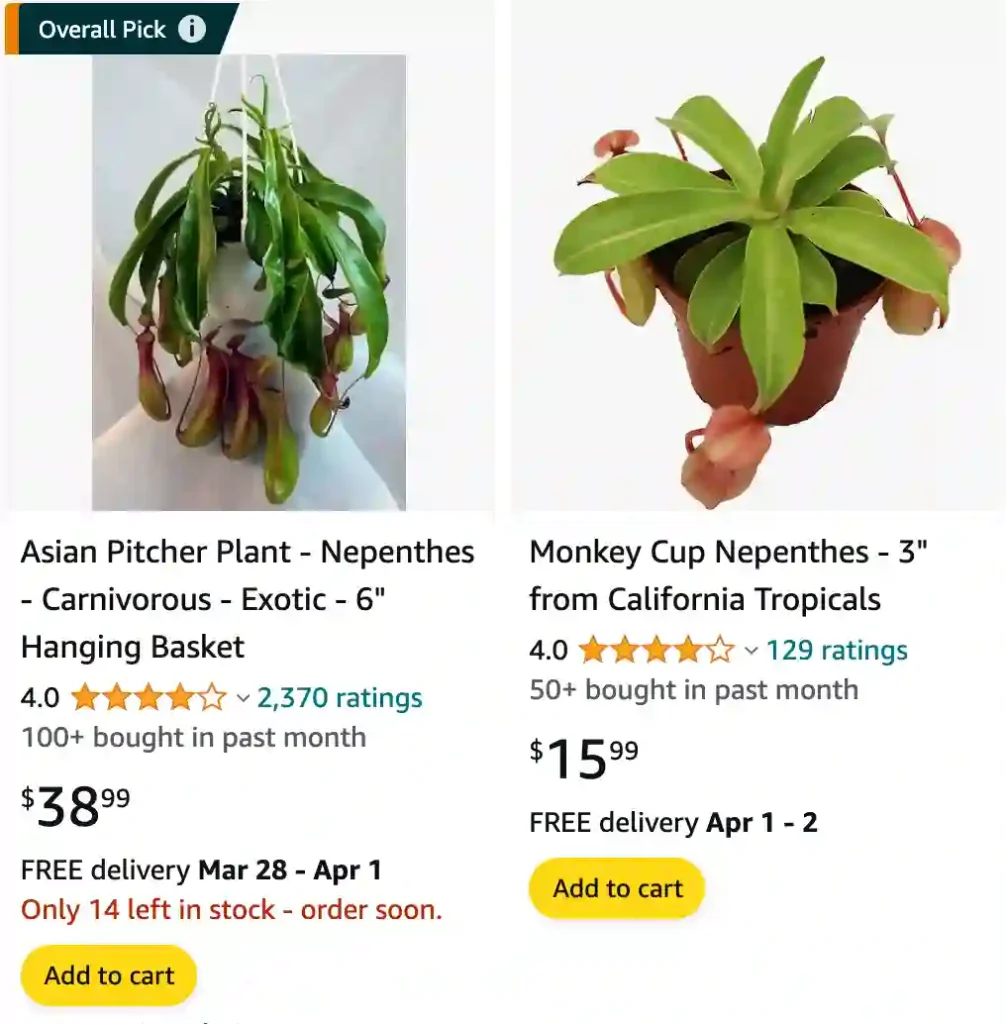
Nepenthes Glabrata: Unveiling the Allure of the Elegance Pitcher Plant
Hello, fellow plant enthusiasts! I’m Ferb Vu, and today, we delve into the captivating world of the Nepenthes Glabrata, also known as the Elegance Pitcher Plant. This petite predator from the Nepenthaceae family has captured the hearts of carnivorous plant aficionados worldwide. But before you rush out and snag one, let’s explore its quirks and needs to ensure a thriving, glistening companion.
Plant Family: Nepenthaceae – 207 Species in Genus Nepenthes
What is a Nepenthes Glabrata?
Imagine a plant with delicate, cascading vines adorned with vibrantly colored, elongated pitchers. That’s the Nepenthes Glabrata in all its glory. These pitchers, modified leaves, act as insect traps, luring prey with a combination of sweet nectar and vibrant colors. Once unfortunate insects venture inside, digestive enzymes take hold, extracting nutrients the plant craves.
Origin Story: Hailing from the misty mountains of Borneo, the Nepenthes Glabrata thrives in cool, high-humidity environments. Think cloud forests clinging to mountaintops. This montane (highland) Nepenthes prefers cooler temperatures compared to its lowland cousins.
Nepenthes Glabrata vs. Nepenthes Miranda
Often confused with its close relative, the Nepenthes Miranda, the Nepenthes Glabrata possesses some key distinctions. Both boast narrow leaves and elongated pitchers, but the Glabrata’s pitchers tend to be smaller, reaching a maximum of 4 inches, and often showcase a more translucent quality. The Miranda, on the other hand, can produce larger, more robust pitchers.
Temperature: A crucial difference lies in their preferred temperature range. The Nepenthes Glabrata thrives in cooler conditions, with daytime highs ideally between 70-77°F (21-25°C) and nighttime lows around 55-64°F (13-18°C). The Nepenthes Miranda tolerates slightly warmer temperatures.
Temperament: Generally, the Nepenthes Glabrata is considered a more manageable option for beginner carnivorous plant enthusiasts. Its smaller size and less demanding temperature needs make it a good choice for indoor cultivation.
Aesthetics: Ultimately, the choice between these two beauties boils down to personal preference. Do you favor the delicate charm of the Glabrata or the bolder pitchers of the Miranda?
How to care for Nepenthes Glabrata?
Light: Bright, filtered light is ideal. Think a spot near an east-facing window. Avoid harsh, direct sunlight, which can scorch the leaves.
Water: The key word here is purity. Distilled water, rainwater, or reverse osmosis water is best. These options are free of minerals that can harm your Nepenthes Glabrata. Water thoroughly, allowing excess to drain freely from the pot. Aim for consistently moist, but not soggy, soil.
Humidity: Mimic the misty mountain home of your Nepenthes Glabrata. Aim for high humidity levels, ideally around 70-80%. A pebble tray filled with water placed beneath the pot can help raise humidity. Consider a humidifier for drier climates.
Soil: Forget about your standard potting mix. Nepenthes Glabrata needs a well-draining, airy medium. A common option is a mix of equal parts sphagnum moss and perlite. Some growers prefer adding a small amount of orchid bark for additional drainage.
Feeding: While your Nepenthes Glabrata can capture prey on its own, occasional supplemental feeding can be beneficial. Use commercially available carnivorous plant food or crushed, freeze-dried bloodworms. Avoid overfeeding, which can foul the pitchers.
Common Issues: Watch out for brown, crispy leaves, which can indicate low humidity or lack of water. Conversely, mushy leaves suggest overwatering. If your Nepenthes Glabrata isn’t producing pitchers, it might be due to insufficient light, cool temperatures, or lack of maturity.
Conclusion: The Elegance of the Achievable
The Nepenthes Glabrata offers a captivating introduction to the world of carnivorous plants. With its manageable size, stunning pitchers, and relatively moderate care requirements, it’s a fantastic choice for curious plant enthusiasts. So, why not embark on this exciting journey and cultivate a touch of the elegance of the Nepenthes Glabrata in your own home?
If i die, water my plants!
